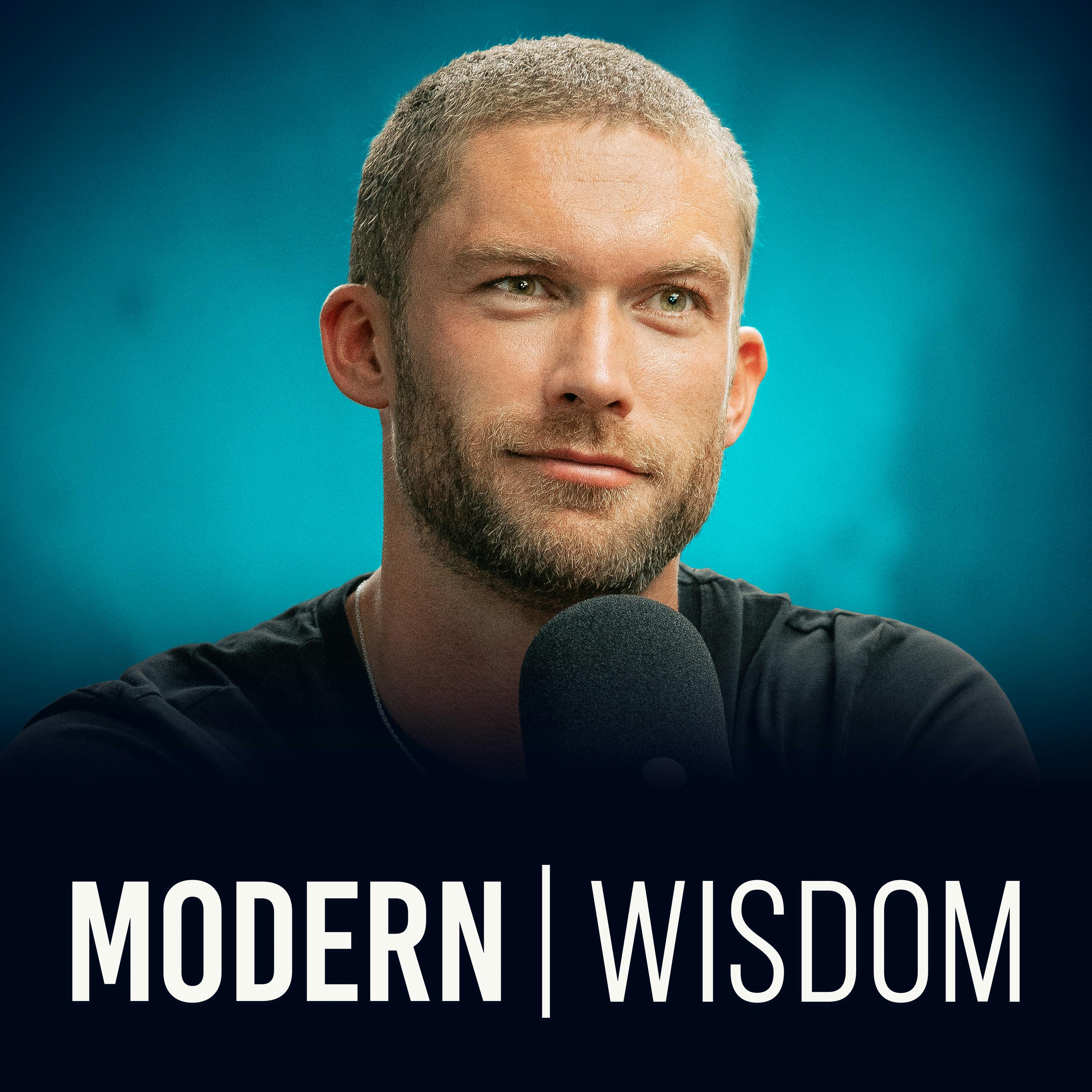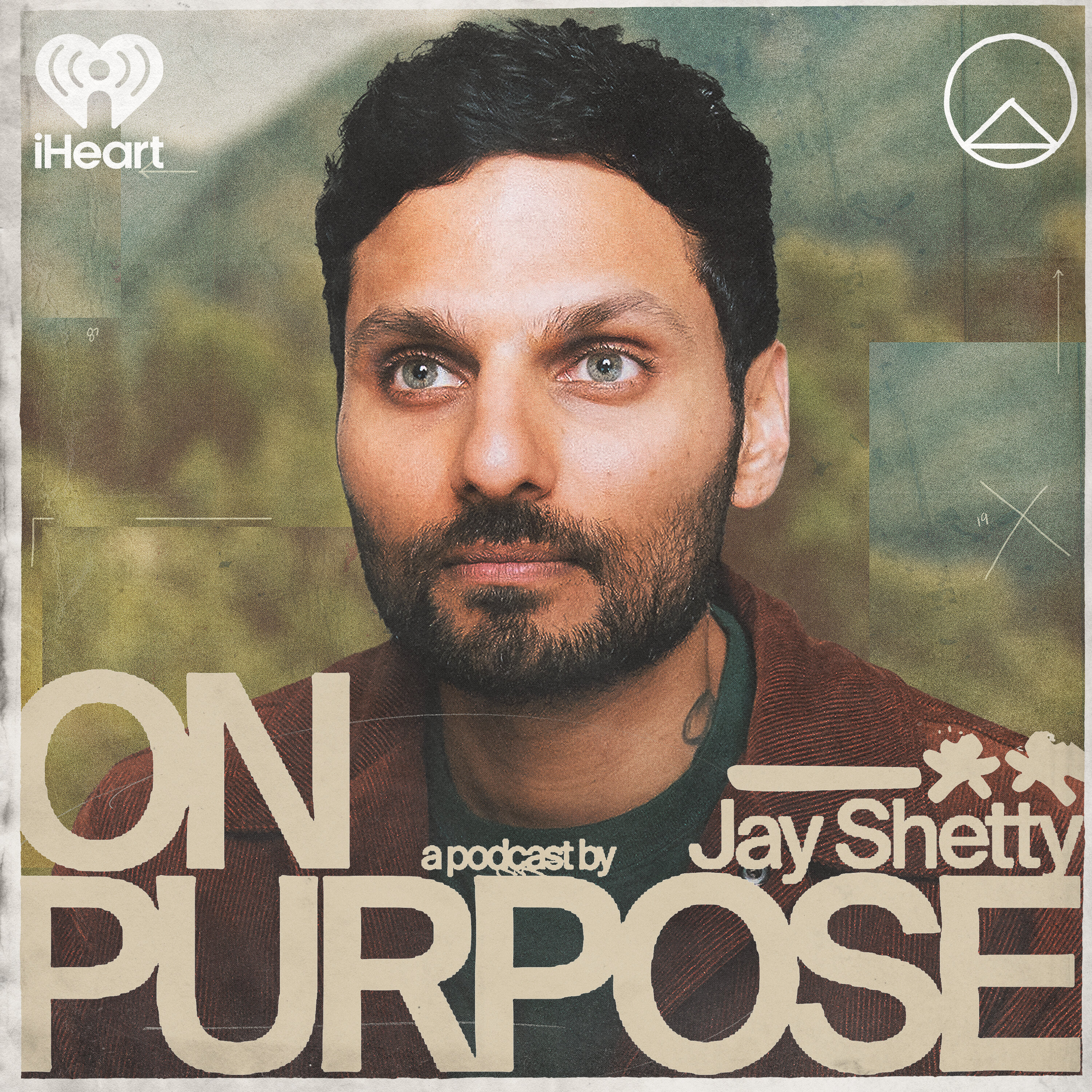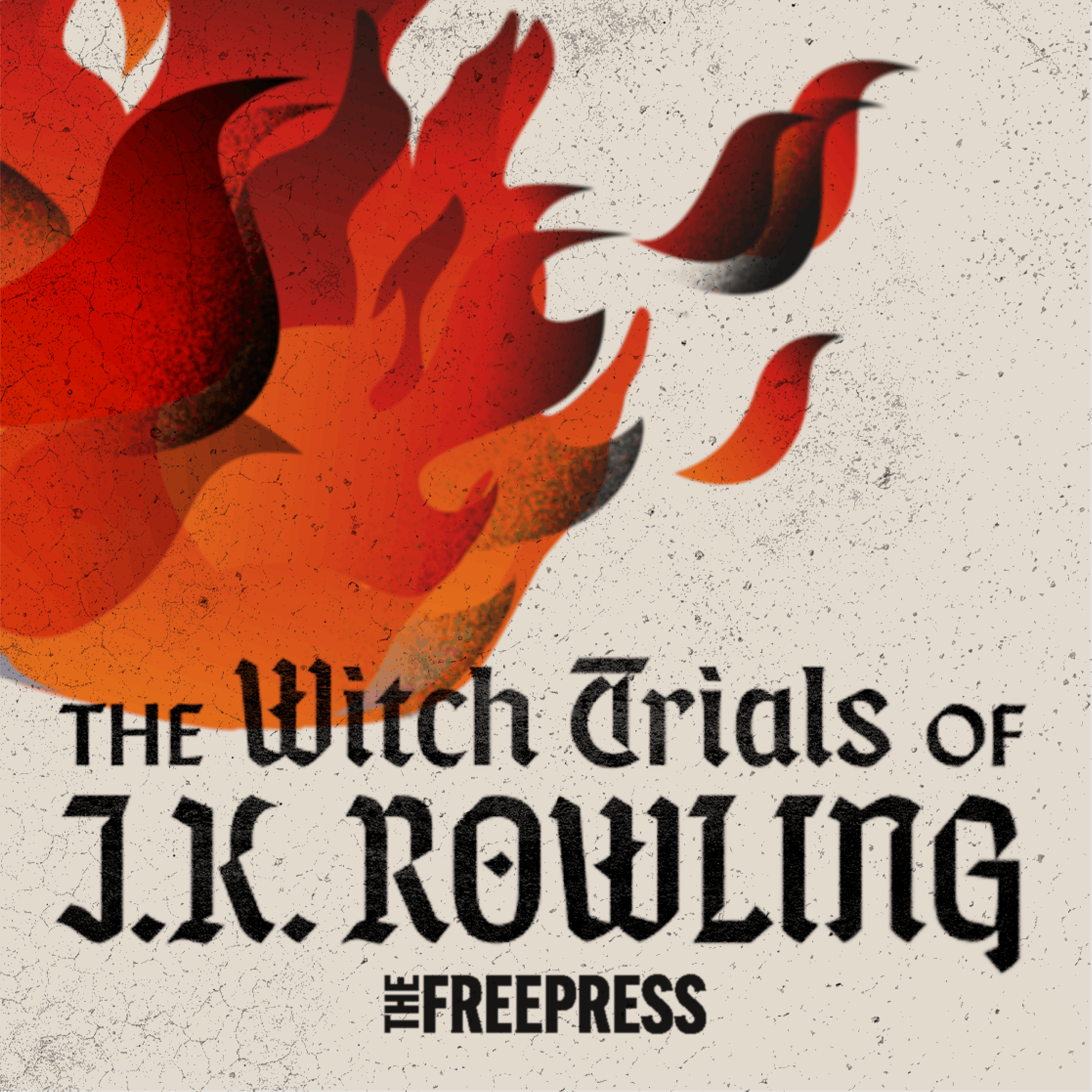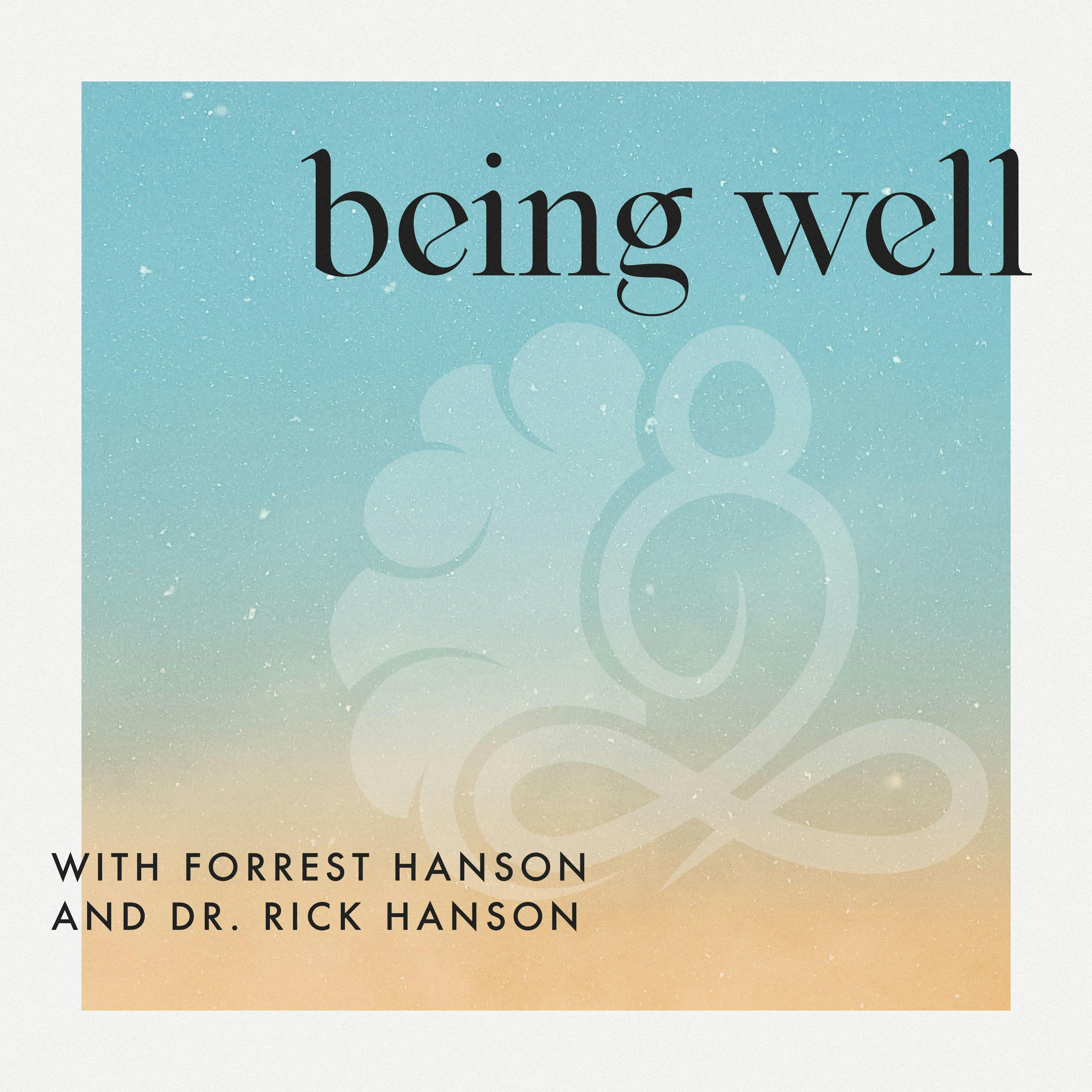
Roots of the Rise
Grounded wisdom for the journey inward and upward.
Roots of the Rise is a soul-centered podcast hosted by Sarah Hope—Ayurvedic health practitioner, spiritual mentor, meditation teacher, biodynamic craniosacral therapist, and energy healer. Drawing from thousands of hours of client work, group facilitation, and her own journey through childhood trauma, grief, and the profound rediscovery of love and joy, Sarah offers a grounded, heart-led space for inner transformation.
Short, daily episodes (10–20 minutes) offer bite-sized insights, ideas, and practices for inner growth and self-development. Whether you're seasoned on the path or just beginning to explore, this podcast gives you digestible nuggets to stay inspired—without overwhelm. It’s perfect for those who want to stay engaged in the work, curious newcomers feeling overloaded by long-form content, or anyone wanting to understand a loved one's journey from a broader, more accessible perspective.
Sarah’s intention is to expose you to a wide range of spiritual concepts, therapeutic tools, philosophies, and practices—all in service of helping you become the healthiest, happiest, most authentic version of yourself. The journey can be hard. It can feel lonely. But you’re not alone. Come walk this path with her—learning, healing, and rising, one grounded step at a time.
Roots of the Rise
Episode 39 - Navigating Loss with Sacred Ritual
I share my personal experience with miscarriage and introduce the Andean despacho ceremony as a healing ritual for honoring intangible losses.
Welcome to Roots of the Rise with me, sarah Hope. Everyone at some point experiences the loss of someone they love, and often that loss is marked by a ritual, a funeral, a memorial, a wake. But what happens when there's no body to bury, when the loss is of a life that never quite began? How do we grieve, honor and ritually process the loss of a baby never born? Three years ago, I had two miscarriages in quick succession. My husband and I were lucky in that we had no trouble conceiving the first time around. The pregnancy with our son was smooth and uneventful right up until the birth, which required an emergency C-section and is a whole other story. But you know, we always knew it would be kids, not kid. We always knew we would reach a point, probably not too long after having the first since I was a geriatric pregnancy to begin with when we would go for number two. And we did. And again, we conceived no problem. But I lost her. I say her. I don't know if it was her, I'll never know, but in my heart it was a girl. And in the moments I miscarried I understood why people say I lost the baby. That's exactly what it feels like. I will never forget the sensation of her slipping away from me, but I cried my tears, canceled that first ultrasound with the midwifewife and tried to move on. We got pregnant again just as easily, but I lost that one as well, just as quickly.
Speaker 1:I could go on about what we went through in the years that followed regarding secondary infertility, but that's not the point of this particular episode. What I wanted to talk about is the grief associated with losing something that never really was. There's no body to bury, no accolades of the deceased, no memories to share. There's only hopes and dreams and wishes unfulfilled, depending on the stage of pregnancy. Often no one other than you and your partner even know a loss was experienced. It's this silent pain, unacknowledged, unknown, and we're told it's okay. Don't feel alone, because this happens 10-20% of the time. I can't tell you how many times I heard this happens. It's very normal, as though that made it better. I don't know. Maybe it does.
Speaker 1:Most women I know have faced some form of difficulty around pregnancy, whether it's struggling to conceive, navigating secondary infertility like I have, where the first pregnancy comes easily but carrying a subsequent one to term proves impossible. Being unable to conceive at all, experiencing traumatic births or stillbirths, multiple miscarriages, or making the heartbreaking decision to terminate the pregnancy due to the risk for the mother or health of the baby. In my own life, it's been far more common to meet women who have faced one or more of these challenges than those who haven't have faced one or more of these challenges than those who haven't, and grief like this it lingers. It's the kind of pain that keeps on giving, just like any loss. It's not just the initial heartbreak of realizing that new life slipping away. It's the way it can stretch on for days. The way hope hangs on. Every month becomes a waiting game, a fragile dance between possibility and disappointment, only to find once again it's not to be. And then there's a special kind of hell when we hit perimenopause. For those of us who have struggled and longed for a child, this next chapter brings its own kind of torment. Cycles that once ran like clockwork become erratic and unpredictable, and every delayed period, every gap in the schedule feels like a little spark of hope. The same hope we once welcomed now returned again and again, only to break our hearts on repeat. I can't tell you how many pregnancy tests I've bought in the last five years, knowing in my heart that it's just my hormones, but unable to stop myself from hoping and taking the damn test every time. I'm even just a couple days late. So why am I sharing all of this? A few weeks ago, I attended a shamanic workshop and took part in two despacho ceremonies, rituals that moved me deeply, even though I had participated in them before. There was something about this experience that was profound, and almost immediately I knew I need to do this ceremony for the babies I've lost. I want to share a bit about this ritual with you, not as a step-by-step guide, but more as a gentle introduction, a broad overview. My hope is that it might resonate with you and if it does, maybe you'll feel inspired to explore it further in your own way. So let me tell you about it.
Speaker 1:The Quero people of the Andes, who are known as the last living descendants of the Incas, live in remote villages of Peru, and at the heart of their culture is this principle of Aini. It's spelled A-Y-N-I but pronounced Aini and it's this concept of sacred reciprocity and balance. It's not just a value but a way of life woven into everything they do. One of the most beautiful expressions of Aini is the despacho ceremony, which is typically led by a paco, a shaman or a wise one. The word despacho comes from the Spanish word for message, and the ceremony itself is just that it's an offering and a message to the spirit realm. The physical items placed in the despacho often food or natural elements like flowers are imbued with the intentions of the participants. These aren't exactly prayers or requests, but more like the energy of our thoughts, arranged into a mandala of beauty and power and then gifted to the spirits as an act of reverence. To me, it's a practice of mutual love. Not I do this for you so you'll do something for me, but rather I love you and offer this to you, knowing you love me and want to help me in return. A communion with the ultimate, unconditional love of a mother who will receive anything and everything you need her to.
Speaker 1:A despacho or prayer bundle can be simple or intricate. It can be created in a group or by yourself, without going into too much detail just yet. The basic process involves gathering a variety of meaningful items, which I'll describe shortly, arranging them with intention on a large sheet of paper, wrapping it all up and ritually disposing of the bundle, most often by burning it to promote health for one. I don't know if you can tell, but I am severely suffering from allergies at the moment a little congested, so you might want to do one for health or well-being, for prosperity, you know, as a sacred offering to Mother Earth, giving her our prayers for letting go of things not serving us or welcoming in what will, giving thanks for special events or celebrating good luck and the reason why I'm talking about it today. You can do it as part of a grieving ritual for the dead, for that matter, you can do it as a grieving ritual for anything you've lost, maybe a marriage or a friendship, maybe for the life you thought you were going to live that is no longer attainable.
Speaker 1:So more about what's in the actual prayer bundle. Like I said, you're creating a mandala, you're arranging physical objects in an intentional way and this is a sacred act. You place the items where it feels they need to go. There are some ceremonies that have a set formula, but generally speaking, there's a typical selection of the following so you need paper, like you could use wrapping paper, brightly colored or plain to wrap the entire thing in. So you need, like a really big piece, a string to tie it up with. Yarn is great I've seen like the rainbow colored yarn used.
Speaker 1:Often you want to include sacred leaves. Typically you would use coca, but you can use bay or rose leaves. They can be dried but most importantly they're in good condition. These leaves are the primary carriers of intentions and usually will be the only things participants touch. Everything else is placed by the shaman or the paco. Typically the leaves are placed in groups of three, called a kintu. I don't think I've seen a despacho without flowers fresh, beautiful flowers, also candy, chocolate, kitkats, gummy frogs, skittles, anything bright and colorful and sugary. Go to the cake decorating aisle and go crazy, get sprinkles of all kinds. You also typically see grains, legumes, herbs like lavender or rosemary, fruits of the earth.
Speaker 1:Sometimes there might be a special item placed at the middle of the despacho, maybe significant to whom you're making the offer to like shells for the ocean or symbolic of the purpose of the ceremony shells to commemorate your deceased mother's love of the ocean. You can buy despacho kits that are intended for certain uses and give you everything you need, but part of the beauty of this process is picking out the things that you want to include, especially in terms of what prompted me to talk about this today, when I think about creating one for my babies. I think about using the types of flowers I might have given them at their kindergarten and high school graduations, the cake decorations I would have used for all their birthday cakes throughout the years. This is a very personal experience. It's meant to be something you pour your heart, your love, your intention into, and that's why the placing of the items can be a really beautiful and cathartic process. In traditional ceremonies, the shaman usually arranges the offering, but if you're doing this on your own, you become the one listening, feeling and arranging each element in a way that feels right to you. It becomes a kind of moving meditation, each placement carrying energy and meaning.
Speaker 1:Once your despacho is complete, you take a moment to pause and honor what you've created. In ceremonies I've participated in, this moment of completion is often accompanied by the sound of drums or rattles or bells. It's a final act of reverence, a sacred closure. Afterward, the paper is carefully folded to create a bundle, which is then tied with a string. Traditionally, it's wrapped in a mestana, a sacred cloth, and either used in further ritual or set aside until it's time for the ceremonial offering. Like I mentioned, the bundle is usually burned, though in some traditions it might be buried or scattered into the winter water.
Speaker 1:If you don't have a mestana and you're planning to offer it directly to the fire, that's completely okay. There's no need to worry. In traditional settings, the shaman is the one who remains to tend to the fire while others turn away out of respect. You don't want to watch as Mother Earth consumes the offering. It's rude to watch people eat. But if you're doing this solo, of course you'll need to stay and tend to the fire yourself. Just do so with presence and gratitude in your heart.
Speaker 1:I'm sharing all of this with you because, as I was at this workshop, I realized how badly I need to say a more formal goodbye to the babies I've lost. Even after all this time they didn't get a ceremony, a burial, a final farewell. You know only my tears and all the times I thought of them over the years. Rituals are important. It's why we have funerals and services, the protocols we follow after someone passes. These are what help us process our grief. It gives us space and time. We don't get that when there's no body, but maybe we're the only ones who know something. Someone was lost.
Speaker 1:The despacho ceremony can be a way to honor our grief, honor the lost hopes and dreams we had. I know I've been talking about this in terms of honoring someone who's passed, honoring a baby you've lost, but remember you can do it for so many other reasons. You might be grieving, as I mentioned. Maybe it's the end of a relationship, a child leaving the nest and going off to college, the end of your working days and the start of retirement and figuring out a whole new version of yourself. This is a way to honor transition.
Speaker 1:If what you've heard about resonates with you and you think this might be something that could be helpful for you, dig deeper. There's a great book called Offerings the Way of the Andean Despacho Ceremony by Barbara Swift. I'll link it below. Or you can simply start by googling despacho D-E-S-P-A-C-H-O and if you do that, loads of info will come up. See if you can find a shaman in your area who can walk you through this practice. Can do one with you so you have exposure to it before you do it by yourself.
Speaker 1:Just to say it, this does not have to go against any particular set of religious beliefs you hold. You can make this prayer bundle and give it over to God. It's just a different way of honoring and ritualizing the grieving process. I understand there may be concerns around cultural appropriation, specifically the idea that no Westerner should engage in this kind of ceremony without a shaman present, and I believe there's validity to that concern. This isn't something to approach lightly.
Speaker 1:A despacha ceremony is sacred but, like any ritual, its power lies in the sincerity and presence you bring to it. If you simply toss objects together and throw them into the flames, you're missing the point. But if you're intentional, if you take time with each item, infuse it with your prayers or intentions, place it mindfully, offer it to the divine with reverence, if you've taken time to research the ceremony and really come to understand it, then I believe most shamans would recognize that not as appropriation but as appreciation of the beauty and power held at this sacred tradition. And also, you know, this is just one way of honoring something important we've lost. I wanted to expose you to it because I personally find it to be such a beautiful practice and it's something that you can easily do by yourself in a way that feels safe and appropriate for you if you don't want to share it with anyone else.
Speaker 1:But really, what I wanted to emphasize today is that loss is loss. Early miscarriage is still miscarriage. Ritual is important. Grief should be honored, expected and respected, whether you do something like a despatcha ceremony or even simply light a candle. Ritualizing our grief can help us process it more fully, so give yourself that gift if you haven't.
Speaker 1:Thank you for listening as I shared about my own loss today, I send love to you if you've experienced something similar. I hope you enjoyed learning about the despacha ceremony as a possible outlet and balm for your grief. If so, please remember to like, share or follow the podcast. If you have any questions or want to share your experience with a despacha ceremony with me, please either hit the text me button in the episode description or email rootsofther rise at gmailcom. Have a wonderful rest of your day and remember, know who you are, love who you've been and be willing to do the work to become who you want to be.
Speaker 1:I am an Ayurvedic health practitioner, spiritual counselor, meditation teacher, energy healer and biodynamic craniosacral therapist with thousands of hours of training in these modalities and more. I'm here to help you discover as many different ideas, therapies, philosophies, spiritual concepts and inner development tools as possible in order to help you become the healthiest, happiest, most authentic version of yourself possible. I'm excited to be on this journey with you. It can be hard at times and there are moments you may feel stuck and very alone. I'm here to tell you you're not. Come with me, let's learn and grow together.







